Classic and older garden books worth seeking out
When I started this blog waaaaay back in 2006, I wrote a handful of short reviews for my new Book Reviews page, pulling from my then-favorite collection of plant guides, design books, memoirs, garden-related fiction, and even poetry. Since then I’ve reviewed nearly 100 more gardening or nature books, links to which can be found here. But I never got around to writing up dedicated blog posts for those original books I reviewed.
I’m remedying that today. Here are the books I shared in 2006 with all 2 of my readers (thanks, Mom and Dad). Although some of these are now out of print and available only in secondhand bookstores or via e-sellers, others are well-known classics, like Frances Hodgson Burnett’s The Secret Garden. Several remain well-thumbed references or curl-up-with faves from my now-stuffed gardening bookshelf.
See if any of these are your old favorites too or pique your interest.
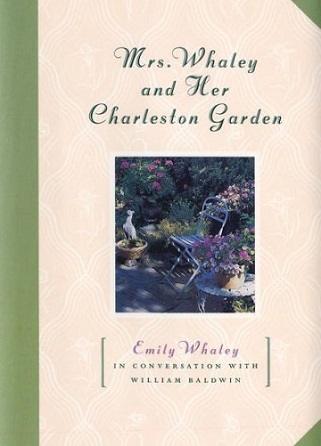
Mrs. Whaley and Her Charleston Garden, by Emily Whaley in conversation with William Baldwin (1997, Algonquin Books)
Delightful, charming, and funny as hell. It does for gardening what Harvey Penick’s Little Red Book did for golf: present gardening advice that is philosophically relevant to life in general.
In the summer of 1997, after reading the book, I looked up Mrs. Whaley’s address and wrote to tell her how much I’d enjoyed it. I was surprised and delighted to receive a letter from her in return:
“July 27 ’97
So glad you enjoyed the book. Thanks for your warm comments & here’s hoping your plants will do all you want them to —
Emily Whaley”
Mrs. Whaley died the following summer, and her obituary in the New York Times gives a sense of the woman and her strong ideas about gardening.
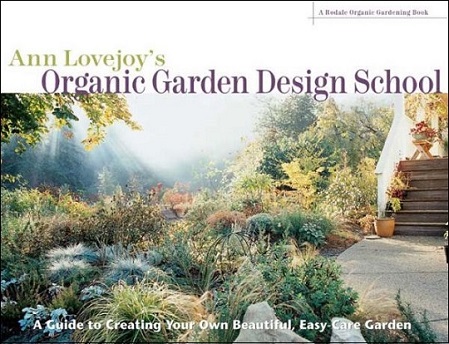
Ann Lovejoy’s Organic Garden Design School, by Ann Lovejoy (2004, Rodale Books)
Seattle-area garden designer and gardening instructor Lovejoy lays out her philosophy of organic design, which she defines as gardening with nature, not against it. She advocates persuasively for the use of flowing lines rather than straight edges, many plant species rather than monocultures, native or adapted plants rather than fussy imports, and natural shapes rather than formal, as well as organic practices like composting, avoiding chemicals, and the protection of beneficial insects in the garden. Ideal for new gardeners, this book gives step-by-step directions and worksheets on how to design your own garden. It also provides plant lists, but considering our regional differences, these were not helpful to me. However, Lovejoy’s design ideas are sensible, encouraging, and forgiving — the latter being especially important in gardening.
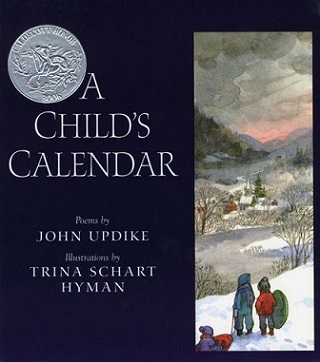
A Child’s Calendar: Poems by John Updike, illustrated by Trina Schart Hyman (2002, Holiday House)
First of all, this is not just a child’s book. One of my favorite authors, Updike brought his considerable literary gifts to each poem in this collection. Though written simply enough for a child to read, the depth of meaning and lovely evocation of the seasons would be lost on most children. This is for their parents too. Written in 1965 and illustrated by Trina Schart Hyman in 1999, this slim book is wonderful to peruse through the seasons. Hyman’s expressive, watercolor illustrations are the perfect complement to each poem. Together they move me to appreciate the natural world and our place in it.
A 20th-anniversary edition of A Child’s Calendar is coming out in early 2019.
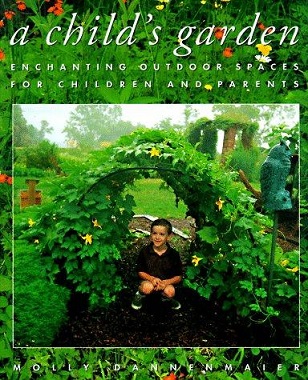
A Child’s Garden: Enchanting Outdoor Spaces for Children and Parents, by Molly Dannenmaier (1998, Simon & Schuster)
I love this book’s combination of exuberance and earnestness. It tells you what makes kids happy in a garden and illustrates how to incorporate these features into your garden. Dannenmaier’s description of how children really play in a garden is a good eye-opener for those who design gardens that children will use.
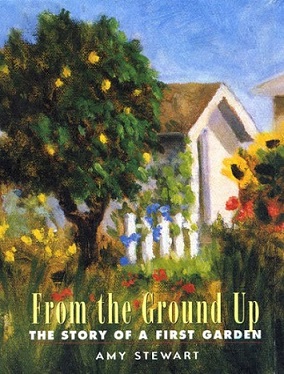
From the Ground Up: The Story of a First Garden, by Amy Stewart (2000, Algonquin Books)
Funny, self-deprecating, and joyful, this memoir by former Austinite Amy Stewart chronicles a year in the life of her boardwalk-hugging Santa Cruz, California, garden, including her hits and misses and evocative descriptions of the beach town and its seasonal changes. What’s more, Stewart tosses in a few recipes along the way. It’s a pleasure to curl up with this book and relive the excitement and enthusiasm, not to mention occasional bafflement, of making one’s first garden.
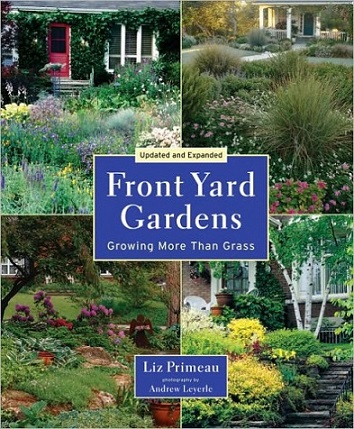
Front Yard Gardens: Growing More Than Grass, 2nd edition, by Liz Primeau (2010, Firefly Books)
With more than 200 color photographs, this book is packed with ideas on how to transform your lawn into a garden. Mostly Canadian gardens, but also a couple in Austin and others in the U.S., are showcased.
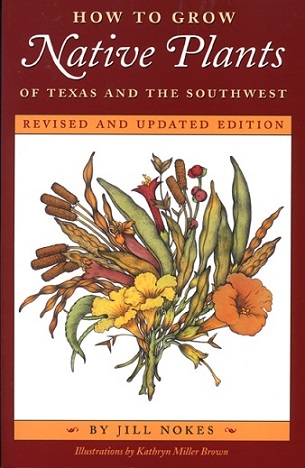
How to Grow Native Plants of Texas and the Southwest, revised edition, by Jill Nokes (2001, University of Texas Press)
Sparingly but beautifully illustrated, this book is essential for those who wish to propagate or learn more about the habits of native Texas plants. Written by Austin designer and landscape restoration expert Jill Nokes, who helped popularize the native-plant movement.
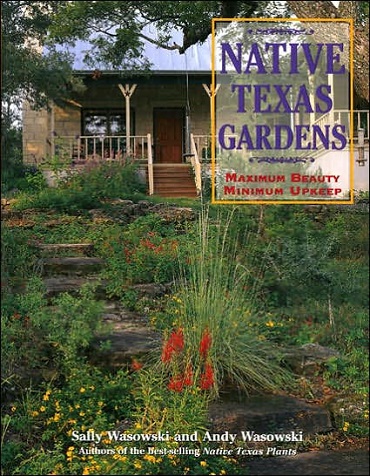
Native Texas Gardens: Maximum Beauty Minimum Upkeep, by Sally Wasowski and Andy Wasowski (2003, Taylor Trade Publishing)
The authors of Native Texas Plants showcase regional gardens in this helpful book. If you aren’t sure how to incorporate native plants in your Texas garden, this is a good resource.
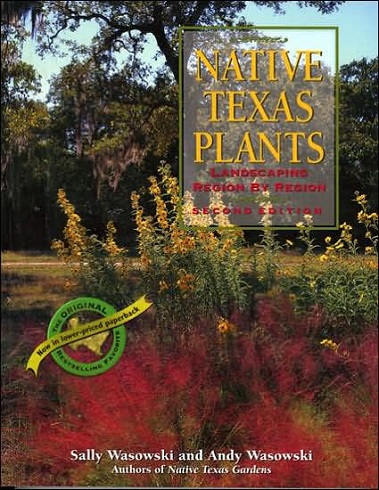
Native Texas Plants: Landscaping Region by Region, 2nd edition, by Sally Wasowski and Andy Wasowski (1997, Lone Star Books)
My bible for native Texas plants. With great photographs and thorough descriptions of each plant, this book is indispensable to the Texas gardener.
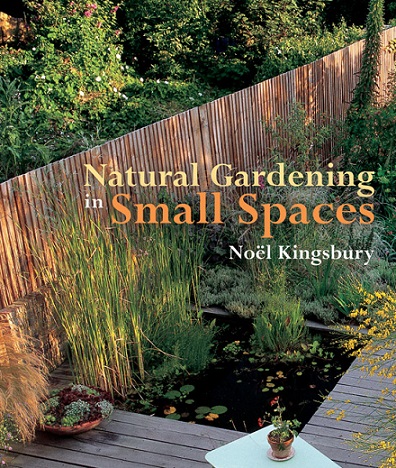
Natural Gardening in Small Spaces, by Noel Kingsbury (2006, Timber Press)
Noel Kingsbury wants us to plant gardens like Mother Nature, using naturalistic plant combinations and creating wildlife-friendly habitats. He argues that this can be accomplished on a small scale on urban lots, or even in rooftop and container gardens. Naturalistic does not mean sloppy, however, and he insists on the firm hand of the gardener in maintaining naturalistic gardens. He discusses how to combine plants from different regions of the world, so long as the regions have similar climates. A native-plant purist he is not. Wonderful photos of small gardens will inspire you. If you want to get away from the obligatory row of boxwoods along the front of the house, this book is for you.
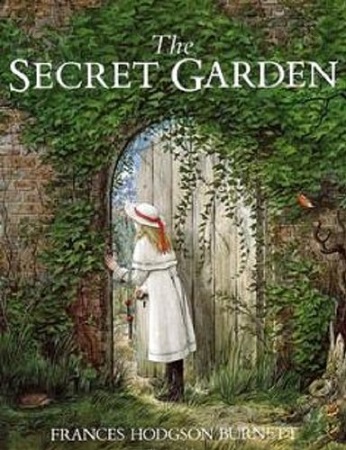
The Secret Garden, by Frances Hodgson Burnett (1911)
Children’s book extraordinaire. If you never read this novel as a child or to a child, you don’t know what you’re missing. Plot: a lonely, spoiled, orphaned girl is sent to live at her rich, absentee uncle’s manor on the moors of England. She discovers a secret, walled garden on the grounds and begins caring for it. Eventually she shares the secret with two other children, and the garden helps her to find joy, purpose, and friendship for the first time. When the narrator describes the garden unfurling in spring, you can almost smell the roses and the sun-warmed soil and feel the cool grass underfoot. Living in Austin, where it just doesn’t get that cold and the garden never goes completely dormant, it’s sometimes hard to feel the rapture of springtime, but this book brings it to life.
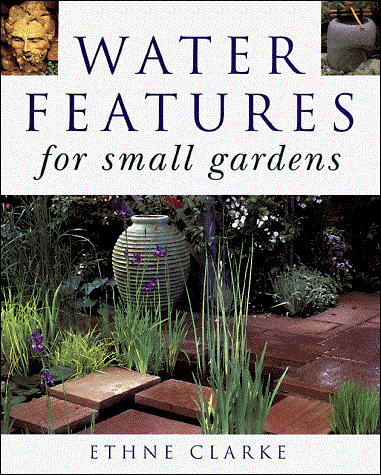
Water Features for Small Gardens, by Ethne Clarke (1998, Ward Lock Ltd)
This book provides numerous ideas with plenty of photo illustrations for those who want water in their garden but don’t have room for a large pond or stream. Container ponds, fountains, and small pools of all sorts are featured.
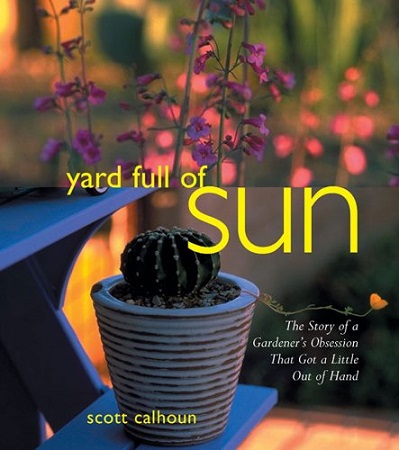
Yard Full of Sun: The Story of a Gardener’s Obsession that Got a Little Out of Hand, by Scott Calhoun (2005, Rio Nuevo)
Talented designer Scott Calhoun tells with humor and charm the story of how he created a desert garden for his family in Tucson, Arizona. Great ideas for those of us in more-arid climates than are usually featured in gardening books.
I welcome your comments; please scroll to the end of this post to leave one. If you’re reading this in a subscription email, click here to visit Digging and find the comment box at the end of each post.
_______________________
Digging Deeper: News and Upcoming Events
Join the mailing list for Garden Spark Talks! Inspired by the idea of house concerts, I’m hosting a series of garden talks by inspiring designers and authors out of my home. Talks are limited-attendance events and generally sell out within just a few days, so join the Garden Spark email list for early notifications. Simply click this link and ask to be added.
All material © 2006-2018 by Pam Penick for Digging. Unauthorized reproduction prohibited.


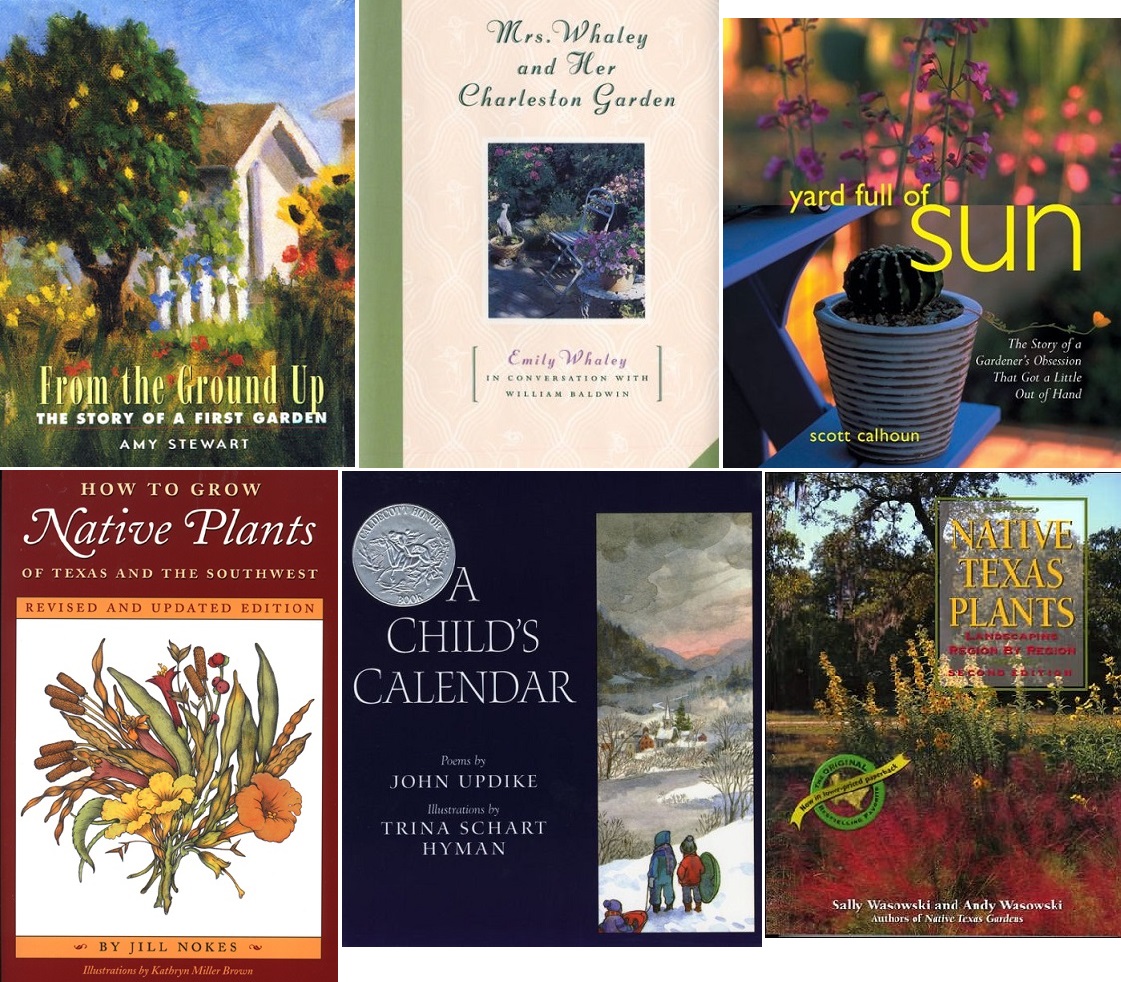
Oh dear. I should avoid posts on garden books. I’m already have more than I have space for – and one more will soon be added.
Nooo, don’t avoid garden book posts, Kris. I have more coming up! 😉
I love the Updike book with Trina’s illustrations. A real gem. I own at least 5 versions of The Secret Garden, including an annotated one. By far the best version is the one illustrated by Inga Moore. It’s so obvious she is a gardener.
The Updike poetry with Trina’s illustrations is indeed a gem. I just love it. And any woman with a hoard of 5 versions of The Secret Garden is clearly a kindred spirit.
I love the “Native Texas Plants” by the Wasowskis. I just wish it had more photos of the garden designs that represent each region. The individual plant description are great.
Surely that’s what led to their other book featured above, Native Texas Gardens?
Yes, have you checked out their Native Texas Gardens book? It’s not as comprehensive in garden style as I would like (most gardens shown are naturalistic ones), but still it’s helpful in seeing native gardens across Texas.
Thanks ladies. I will check that out.
Happy reading, Pam.
Pam, it’s always a pleasure to be introduced to another gardener. From your comments and from her obituary in the NYTimes, I am sure that knowing Emily Whaley would be a treat. So another book goes on the list. Thank you!
I’m happy to make that introduction, Pat. Hope you enjoy the book!
Speaking of Wasowski books, have you read Requiem for a Lawnmower? It is an informative and entertaining collection of essays related to ditching the lawn for a more natural landscape. I could relate to much of the book because it was written when they lived in Dallas.
No, I haven’t. I approve of the title!
I love this post, Pam. The Updike and The Secret Garden of course are favorites of mine. I inherited some vintage gardening books (from a dear gardening friend) that are a joy to dip in to. A passion for gardening is timeless. P. x
Aren’t those books wonderful? Thanks for sharing — and reading!
I bought 2 books for small gardens….just down my alley again. Thanks Pam
Terrific — happy reading, Karin.